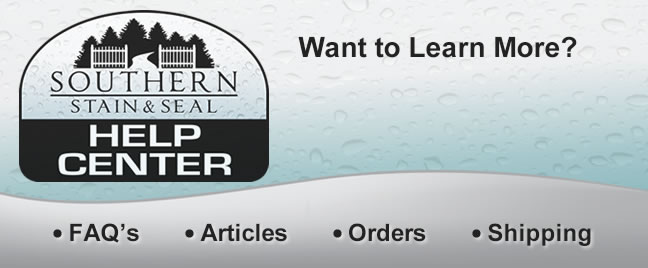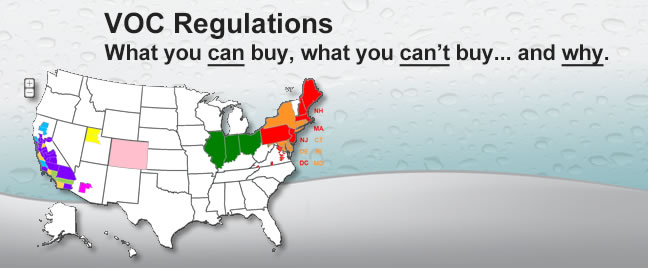Bricks are commonly used to clad the walls of chimneys, homes and businesses. They are also a popular material for building stairs, steps, patios and sidewalks. Most brick masonry installations are held together with cement mortar between the bricks. This mortar is the “glue” that holds the whole structure together. Unfortunately mortar is also very porous, and will quickly absorb water and moisture. It is actually very common to see substantial amounts of water go completely through a brick wall or chimney and cause huge amounts of damage to the underlying walls, sheathing and insulation.
Efflorescence is also a big problem on brick. It is caused by moisture absorbing into the bricks and dissolving the natural salts and minerals inside. as the moisture evaporates from the surface, it then leaves the white powdered minerals behind. A brick sealer will greatly reduce water penetration and can often stop the effects of efflorescence completely.
Sealing your brick is easy, simple and will also protect the color of your brick while stopping water penetration into the brick and mortar. Most brick sealing is done with a high performance penetrating sealer that seals and waterproofs while leaving a completely natural sheen and appearance. These products work 100% below the surface to protect from within. They leave no film or coating on the surface, and will never flake or peel.
Step 1:
Brick Cleaning and Preparation
As with all projects, proper preparation is the MOST important step! Before a protective treatment can be applied, any non-compatible existing sealers MUST be removed and the surface completely cleaned and de-greased to ensure adhesion and penetration. In most cases, a thorough pressure washing is all that is needed before sealing brick that is clean and in good condition. If your brick has an existing sealer that has failed or is incompatible with the new sealer you want to use, you will need to remove the old sealer before re-sealing. Specific issues like efflorescence, rust stains or calcite should be addressed with the proper cleaners before applying any sealer or sealant.
- Recommended Products:
 F9 BARC
F9 BARC
Rust Stain Remover F9 Double Eagle
F9 Double Eagle
Degreaser F9 Efflorescence
F9 Efflorescence
Remover Nock-Off
Nock-Off
Coating Stripper
Sealing Option 1:
Penetrating Brick Sealers
This is the type of sealer we recommend for most brick sealing applications. This type of sealer penetrates deep into the surface, sealing out water and contaminates. Penetrating sealants work 100% below the surface to protect your brick and mortar from within, while still remaining breathable. These sealers do not form a film or change the sheen of the surface. Some such as WB-75 and SB-100 leave a completely natural appearance, while others like Enhancer Shield provide color enhancement for more of that “wet look” many people desire. These sealers do not become slippery when wet, and can never flake, peel or chip like film-forming sealers. These are very effective, long lasting and offer easy application and maintenance. The life-span and level of protection you get from this type of sealer will depend on the quality of the product you choose. Penetrating sealers should never be applied over an existing sealer, unless the previous sealer was a similar and compatible penetrating sealer.
Sealing Option 2:
Wet Look Water Based Urethane Sealers
We include this option only because some customers demand both a wet-look and gloss sealer for brick. If you MUST HAVE a wet-look glossy product for your brick, this is our best recommendation. These urethanes are two-component products that chemically harden like an “epoxy” after you mix part:A and Part:B together. This makes them hard, durable and chemical resistant. Urethanes are also UV stable and will never turn yellow due to UV exposure. Since these urethanes are also water-based, they offer an easy and safe application. So far, we have only found one of these urethanes that performs to our standards, Trident's Hurricane CAT-5. CAT-5 comes in a concentrate form, applies easily by sprayer, is legal for sale in all 50 states and is compatible for use over many types of existing sealers. To maintain protection and appearance, this sealer should have a maintenance coat every 3-4 years.
- Recommended Products:
 Trident CAT-5
Trident CAT-5


















